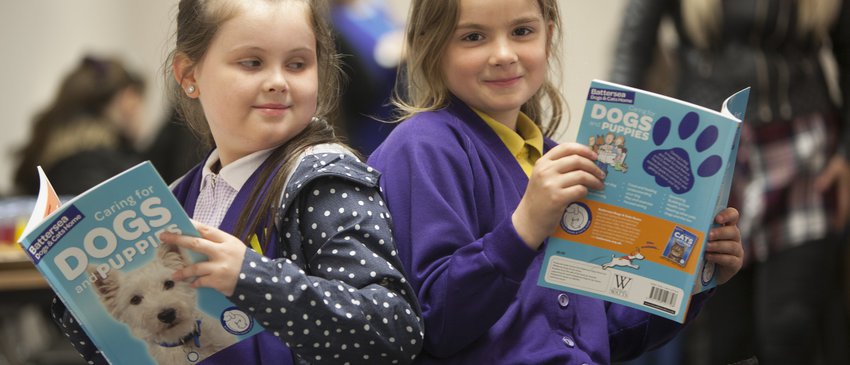COVID-19 and literacy: Primary Schools

Research into the impact of school closures on children's learning has provided a broad picture of the many challenges faced, in particular by those from lower income backgrounds. Access to devices and data for home learning is significantly more limited for this group. Some studies also indicated that children from disadvantaged backgrounds spent less time taking part in educational activities than their peers on an average day.
"The COVID-19 pandemic has significantly worsened overall outcomes as well as widening inequalities. The share of pupils leaving primary school meeting literacy and numeracy benchmarks fell from 65% in 2018–19 to 59% in 2021–22. Children from more disadvantaged backgrounds may have fallen twice as far behind as the average child, in part due to worse experiences with home learning." Institute for Fiscal Studies, 2022
More content
-
Key Stage 1
In the 2022 Key Stage 1 SATs, percentage achieving the expected standard or above in writing fell from 70% in 2019 to 59% in 2022. In reading, the percentage of pupils achieving this standard fell from 76% to 68% and in maths from 77% to 70%.
-
Key Stage 2
In the 2022 Key Stage 2 SATs, 69% of pupils were assessed by teachers as meeting standards in writing, down from 78% in 2019. But there was an increase in standards of reading, with 74% at or above the national standard, compared with 73% in 2019.
-
The attainment gap
A decade of progress in narrowing the attainment gap reversed between 2019 and 2022 as the disadvantage gap index increased to its highest level since 2012, suggesting that educational disruption had a greater impact on disadvantaged pupils. (DfE, 2022).
How we can help - Education Recovery
-
Highly engaging and evaluated programmes to improve reading, writing, speaking and listening skills in the UK's most disadvantaged communities.Learn more about Programmes.
-
Access all of our resources for early years, primary and secondary schools.Learn more about Resources.
-
Evidence-based CPD and inspiring conferences to help you evaluate, plan and take action to improve literacy outcomes in your setting.Learn more about CPD training and workshops.
Further support for schools
-
Become a National Literacy Trust member school. Discover inspiring teaching resources, school improvement tools and CPD to support literacy throughout your school or setting.Learn more about Join us.
-
Reading for enjoyment is key to improving literacy skills. The Young Readers Programme runs fun events where children can choose books to take home and keep.Learn more about Young Readers Programme.
-
Our evidence-based Young Writers programme supports schools to develop lasting writing-for-enjoyment practices with the radical view that every young person is a writer.Learn more about Young Writers.
-
Together schools and local businesses support primary aged pupils to develop their literacy skills, raise aspirations and challenge stereotypes.Learn more about Words for Work: Dream Big.
-
We work with schools across the country to refresh and restock their libraries and book corners, and embed reading for pleasure in teaching practice. We believe school libraries...Learn more about Libraries for Primaries programmes.







